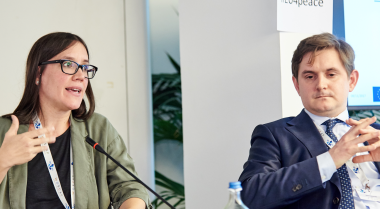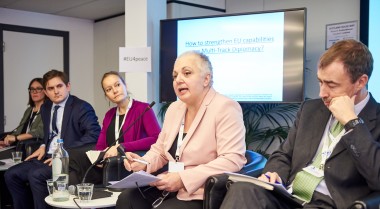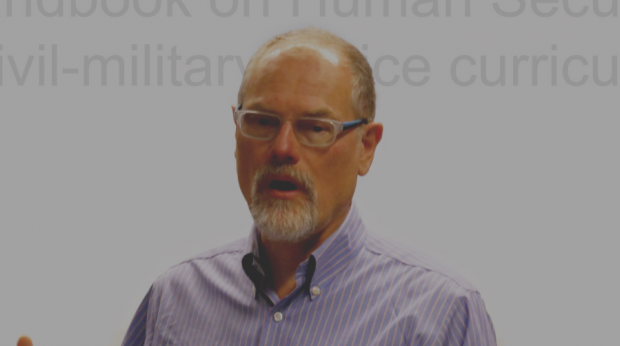
The Prevention Platform participated in the bi-annual training of new Peace and Development Advisors
On 16 February the Civil Society-UN Prevention Platform, co-facilitated by GPPAC and the Quaker UN Office in cooperation with UN Department of Political Affairs, UN DPA, took part in the bi-annual training of new Peace and Development Advisors. The session focused on engagement of civil society and explored moving from consultation to partnership with CSOs in the countries the next group of Peace and Development Advisers will be sent to: Sudan, Guinea, Kyrgyzstan, El Salvador, The Philippines, Myanmar, Nigeria and Moldova.
The Civil Society – UN Prevention Platform was created in 2016. It aims to improve cooperation and coordination on prevention between UN actors across the system and civil society actors in New York and in the field.
The Platform is co-facilitated by the Global Partnership for the Prevention of Armed Conflict (GPPAC) and the Quaker United Nations Office (QUNO) in close collaboration with the UN Department of Political Affairs. It also consists of a core organising group of 8 other CSOs based in New York, Europe and Africa, all with networks and/or partners across the world:
-
African Centre for the Constructive Resolution of Disputes-ACCORD
-
Centre for Humanitarian Dialogue
-
Conciliation Resources
-
Social Science Research Council's Conflict Prevention and Peace Forum-CPPF
-
Global Partnership for the Prevention of Armed Conflict-GPPAC (co-facilitator)
-
International Crisis Group-ICG
-
New York University's Center for International Cooperation-CIC
-
Network of Religious and Traditional Peacemakers
-
Norwegian Institute of International Affairs-NUPI
-
Quaker United Nations Office-QUNO (co-facilitator)
The Platform draws on a still-growing network of CSOs who each bring their trusted, local networks and partners. The platform is therefore able not only to connect UN actors to civil society groups on the ground in a wide range of countries, but also provide concrete examples of best practices.



